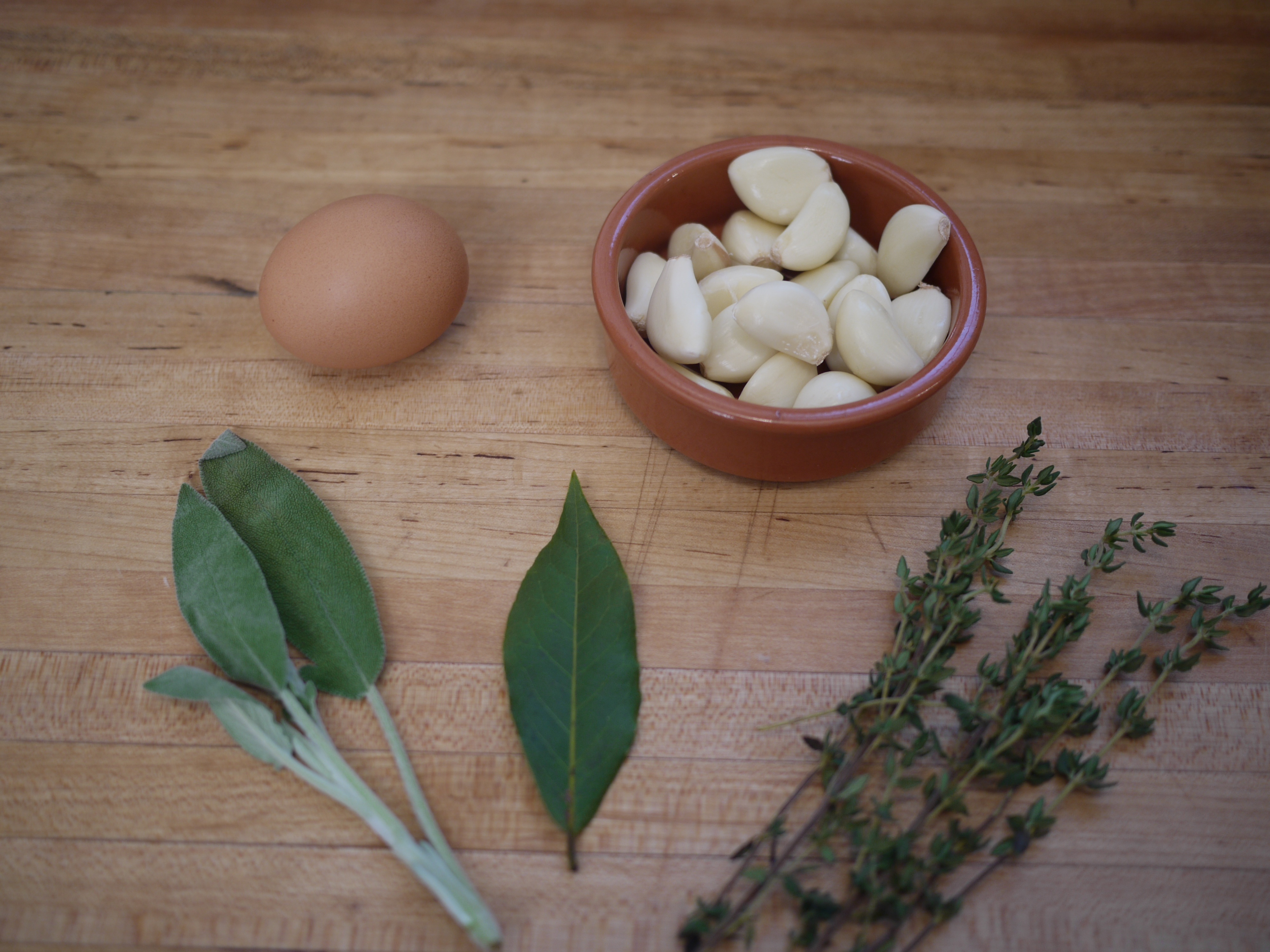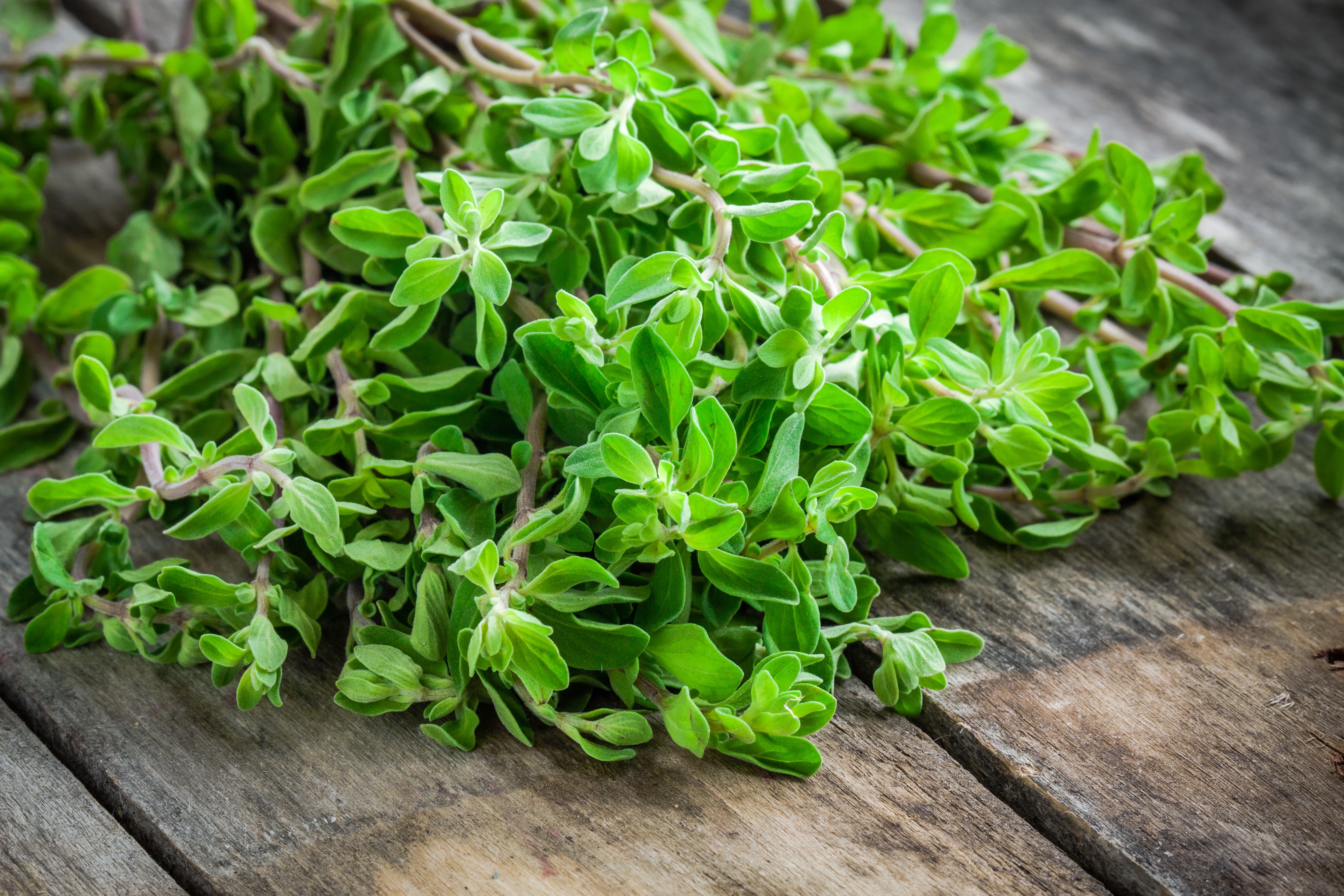Spices That Lower Bad Cholesterol (and How to Use Them in Your Cooking)
25. Bay Leaf: The Silent Healer

Bay leaves are often used in soups, stews, and sauces to add a subtle flavor, but they also have a powerful effect on cholesterol. The leaves contain compounds that have been shown to help lower LDL (bad) cholesterol and triglyceride levels. Bay leaves are also rich in antioxidants and anti-inflammatory compounds that protect against cellular damage and reduce the risk of chronic diseases. To get the most benefits, add a whole bay leaf to your cooking and remove it before serving.
26. Marjoram: The Gentle Protector

A close relative of oregano, marjoram is a flavorful herb known for its milder, sweeter profile. Beyond its culinary uses, marjoram is a rich source of antioxidants like carvacrol and rosmarinic acid, which help combat free radical damage and reduce inflammation. Studies have shown that these compounds can help protect the heart and blood vessels from oxidative stress, a key factor in the development of atherosclerosis. Marjoram is a versatile herb that can be used fresh or dried. It works beautifully in Italian dishes, marinades, and on grilled meats. Adding marjoram to your meals is a simple way to get a subtle flavor boost along with powerful, protective benefits for your heart.
